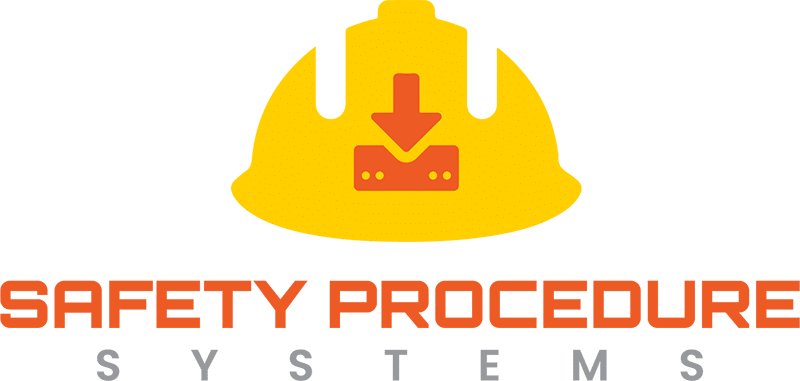The Occupational Safety and Health Administration (OSHA) has played a critical role in shaping safety standards and practices in the construction industry since its inception. Here’s a brief overview of OSHA’s history and impact on those seeking to get their OSHA construction safety manual.
Establishment of OSHA: OSHA was created by the U.S. Congress through the Occupational Safety and Health Act, which was signed into law by President Richard Nixon on December 29, 1970. The primary aim of OSHA was to ensure safe and healthful working conditions by setting and enforcing standards and by providing training, outreach, education, and assistance.
Early Years and Construction Focus: From the beginning, OSHA recognized construction as a high-risk industry due to the inherent dangers of the work. The construction industry has been a significant focus of OSHA because of the high rates of fatalities, injuries, and illnesses. In the early years, OSHA developed specific standards to address construction safety issues such as fall protection, scaffold safety, and electrical safety.
Development of Standards: Over the years, OSHA has developed a comprehensive set of regulations that address various hazards specific to construction. These include standards for fall protection, trenching and excavation safety, crane operation, hazardous energy control (lockout/tagout), and more. Each of these standards was developed through a rigorous process involving industry consultation, research, and stakeholder input.
Training and Outreach: OSHA also established extensive training and certification programs to enhance safety awareness and skills in the construction industry. Programs like the OSHA Outreach Training Program provide essential training on the recognition, avoidance, abatement, and prevention of safety and health hazards in workplaces.
Impact on Safety: The impact of OSHA’s regulations and initiatives in the construction industry has been significant, contributing to a decline in the rates of injuries and fatalities over the decades. According to OSHA, workplace fatalities have decreased by more than 65 percent and occupational injury and illness rates have declined by 67 percent since the agency’s inception.
Continued Challenges and Innovations: Despite the improvements, construction remains a high-risk industry. OSHA continues to update its regulations and focus on emerging issues such as heat stress and ergonomic hazards. The use of technology and data analytics is also becoming more prevalent in helping to predict and prevent workplace incidents.
OSHA’s role in the construction industry is an ongoing evolution, adapting to new challenges and changing environments to ensure worker safety and health. Safety Procedure Systems gets your construction and contractor safety manuals compliant with OSHA, Avetta, ISNetworld, ComplyWorks, and more. Click here to get started on becoming OSHA compliant today.



